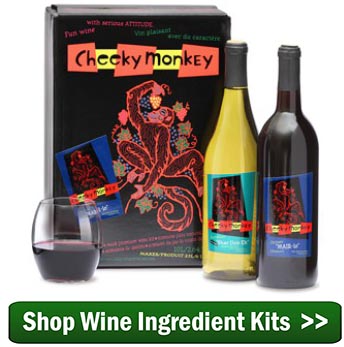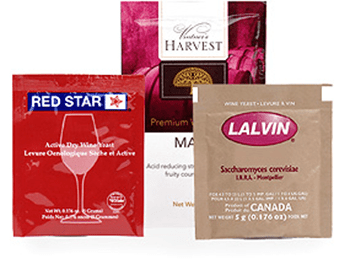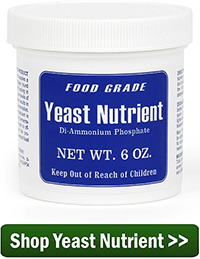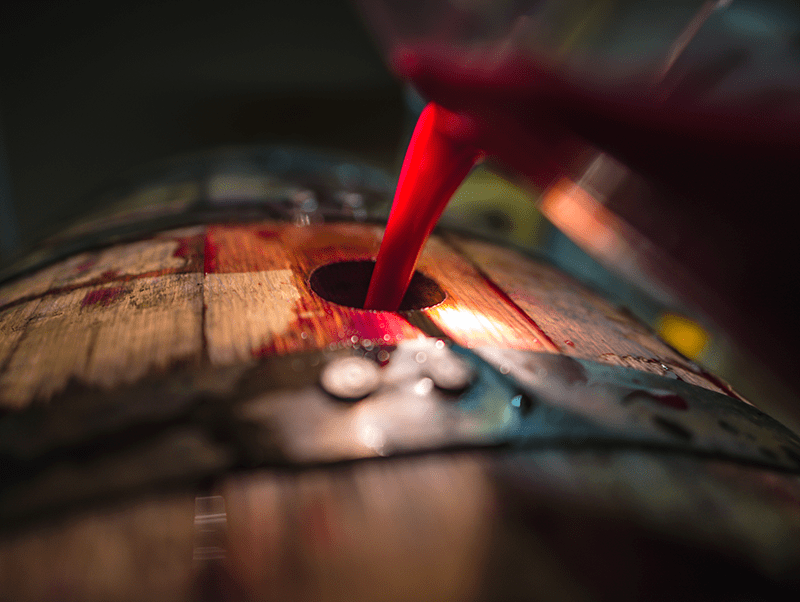 I have a Shiraz that I want to age in a an oak wine barrel. It will be a new barrel. Do I need to do something to prepare the new barrel? How about for each follow-up use of that same barrel? Is there some type of maintenance on the oak barrel that needs to be done? When will I know can no longer be used anymore? As always, thank you.
I have a Shiraz that I want to age in a an oak wine barrel. It will be a new barrel. Do I need to do something to prepare the new barrel? How about for each follow-up use of that same barrel? Is there some type of maintenance on the oak barrel that needs to be done? When will I know can no longer be used anymore? As always, thank you.
Rick
Name: Rick R.
State: Colorado
—–
Hello Rick,
Oak wine barrel preparation is very important. The last thing you want to do is get a new wine barrel and dump your wine directly into it. The barrel needs to be treated first. There will also be some maintenance that will need to be done between uses.
Oak Wine Barrel Preparation
The first thing you will want to do to prepare a new wine barrel for wine is to swell the wood. This is done by filling the barrel with water. As the wine barrel sits, the wood will swell, tightening all the joints. The barrel could actually leak for a day or two during this process, so be prepared for the potential of water leaking onto the floor. Also, be aware that you may have to add more water along the way as it soaks into the wood and possibly leaks out.
A secondary reason to soak the wine barrel with water is to remove the harshest of tannins. Some tannin is good for the wine. These tannins being removed are sort of over-the-top tannins in the oak wood that are too extreme in their effect on the wine to be of benefit.
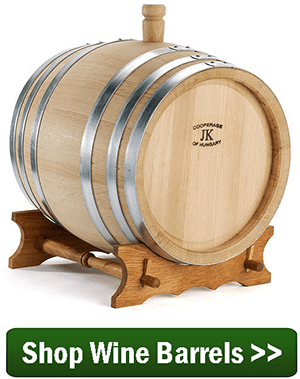 Once you are done treating the oak wine barrel and its wood is saturated, there is a second part to oak wine barrel preparation. Now it’s time to sanitize it. To do this you will want to dump the tannic water out and refill the barrel with fresh water. To actually sanitize the wine barrel you will want to treat it with sodium metabisulfite and citric acid.
Once you are done treating the oak wine barrel and its wood is saturated, there is a second part to oak wine barrel preparation. Now it’s time to sanitize it. To do this you will want to dump the tannic water out and refill the barrel with fresh water. To actually sanitize the wine barrel you will want to treat it with sodium metabisulfite and citric acid.
As for the dosage, you will want to use about 1/4 cup of sodium metabisulfite and 3 or 4 tablespoons of citric acid for every 10 gallons of the wine barrel’s volume. Dissolve the dosage in a gallon of water first. Then add to a half full barrel; agitate to mix everything well. Add the rest of the water and allow to sit for at least a few hours. Overnight or 24 hours would be much better. Dump the sanitizing water out of the barrel. And, that’s how you prepare a new oak wine barrel for wine.
Oak Wine Barrel Maintenance
After you are done aging the wine in the barrel, you will want to treat it with BarrolKleen as directed on its package. BarrolKleen is a blend of alkalies that will neutralize leftover acid deposits from the wine as well as help sanitize it.
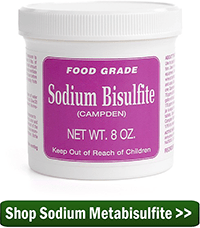 As for storage between uses, you will want to keep a mixture of water / sodium metabisulfite / citric acid in the wine barrel as before when you were sanitizing. You will want to keep the oak wine barrel full this way until it is ready for its next use. Sodium metabisulfite will need to be replenished every six month, along with some topping-up water to make up for evaporation.
As for storage between uses, you will want to keep a mixture of water / sodium metabisulfite / citric acid in the wine barrel as before when you were sanitizing. You will want to keep the oak wine barrel full this way until it is ready for its next use. Sodium metabisulfite will need to be replenished every six month, along with some topping-up water to make up for evaporation.
How Many Uses Can You Get From An Oak Wine Barrel?
In theory a wine barrel can be used for generations – as long as it will hold wine – but I believe your question was referring to its usefulness for actually aging a wine.
Most wineries will employ a wine barrel somewhere in the neighborhood of 10 uses. In a typical ongoing operation what this means is that every year the oldest 10% of the barrels are replaced. The winery then blend all the wine from all oak wine barrels before bottling. This is done to even the qualities of the wine across the entire season’s batch.
What this means for you as a home winemaker is that you can realistically get 10 or 15 uses from the wine barrel, but the effects of the barrel will take longer to come into fruition with each successive use. Your first batch may need to be in the barrel for only 3 weeks, while your 15 batch may need to be in the barrel for 3 years. 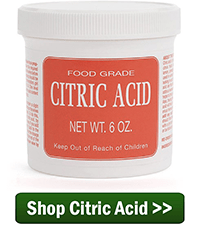 But beyond this, the barrel should last you for decades in terms of just storage. And lets face it. Barrels are really a cool looking item to have sitting around!
But beyond this, the barrel should last you for decades in terms of just storage. And lets face it. Barrels are really a cool looking item to have sitting around!
So, there you have it. That’s all there is to oak wine barrel preparation and maintenance. These are fairly simple treatments. Follow these steps above an you’ll have a oak wine barrel that will last you a lifetime.
Happy Winemaking,
Ed Kraus
—–
Ed Kraus is a 3rd generation home brewer/winemaker and has been an owner of E. C. Kraus since 1999. He has been helping individuals make better wine and beer for over 25 years.

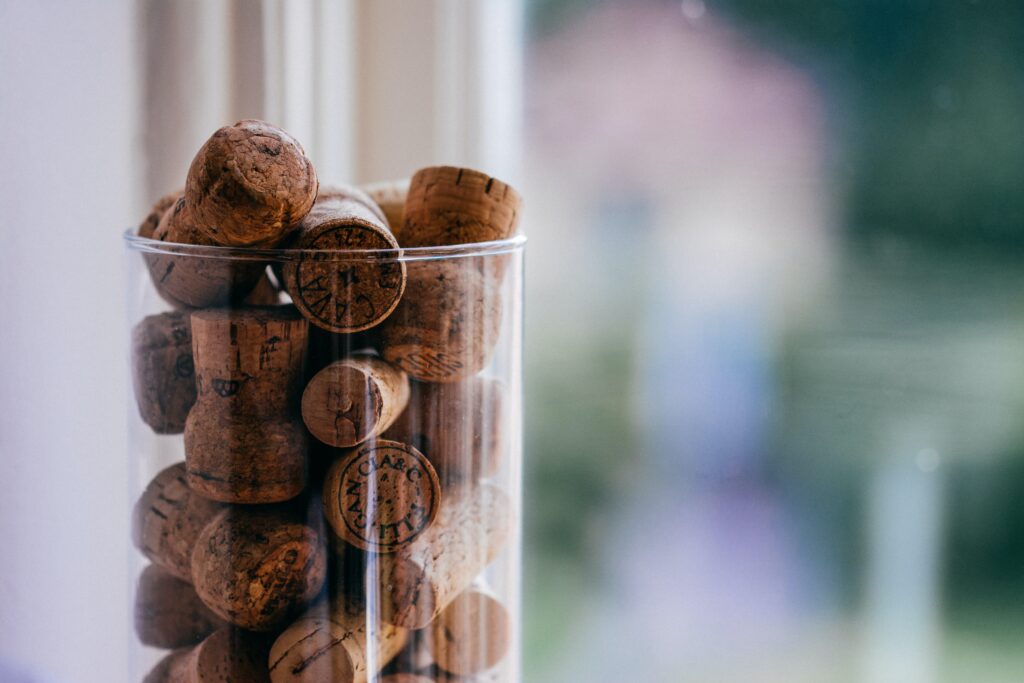 Do you collect your wine corks? Have you thought about doing something more with them?
Do you collect your wine corks? Have you thought about doing something more with them? 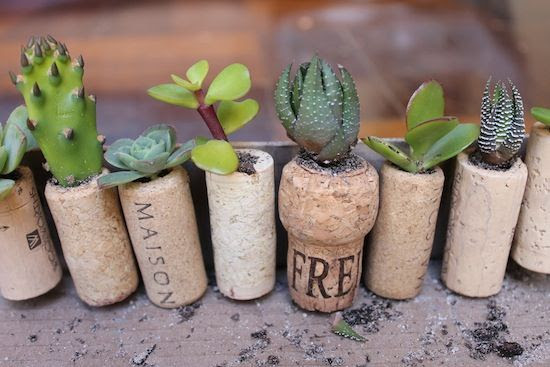
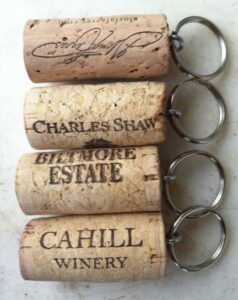
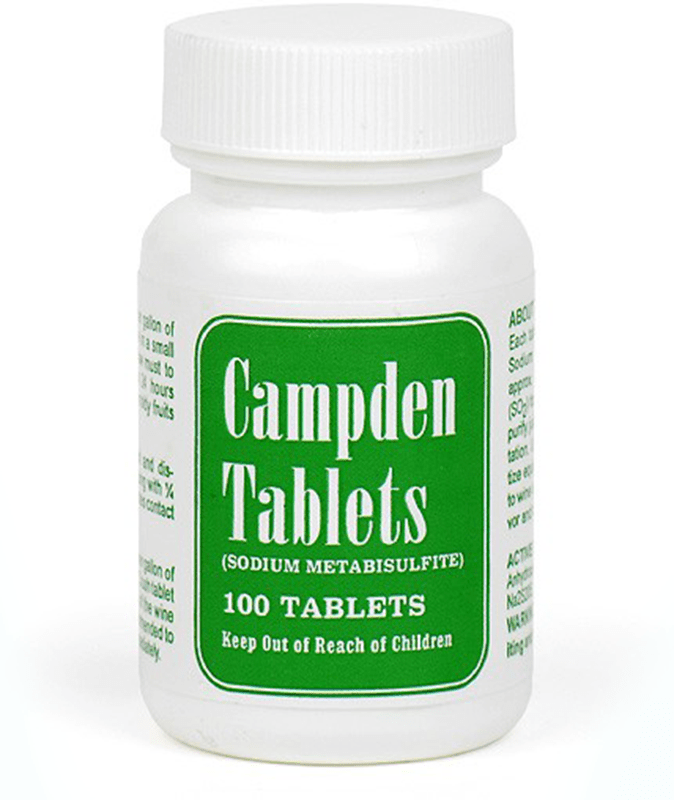
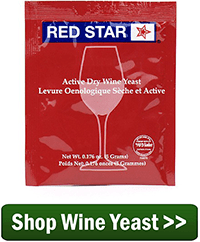

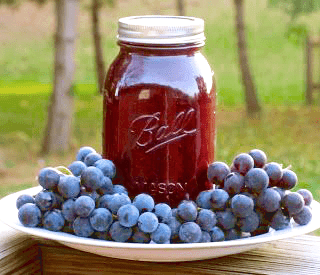

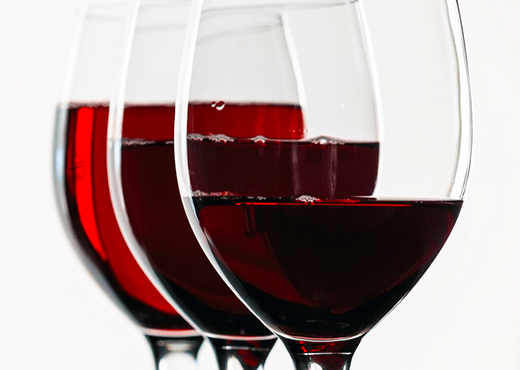 How can I give my red wine more color? I’m new at wine making.
How can I give my red wine more color? I’m new at wine making.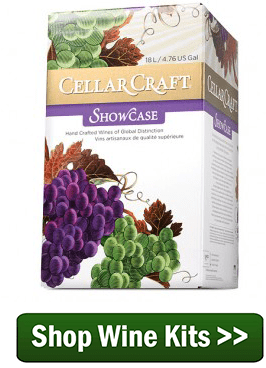
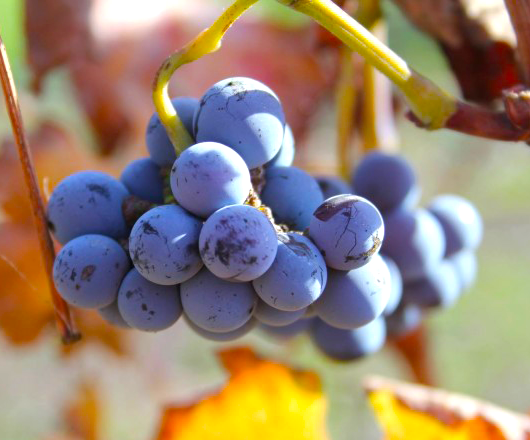
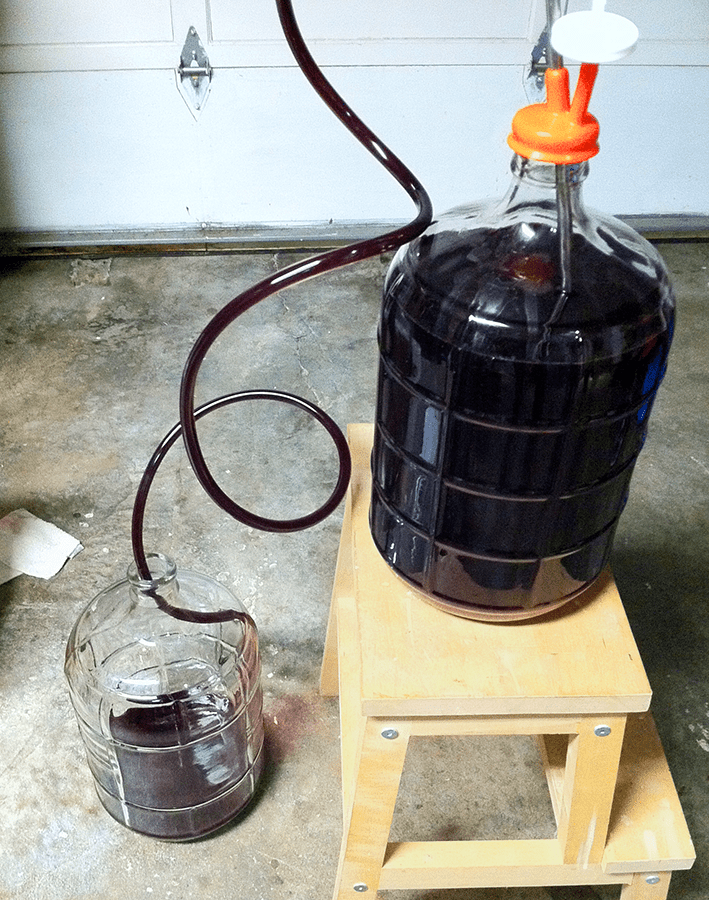
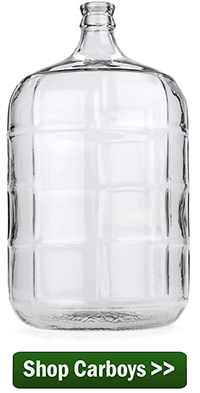
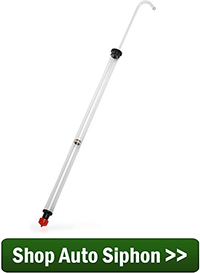
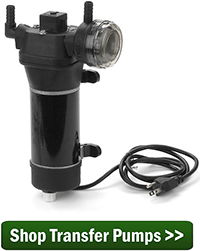
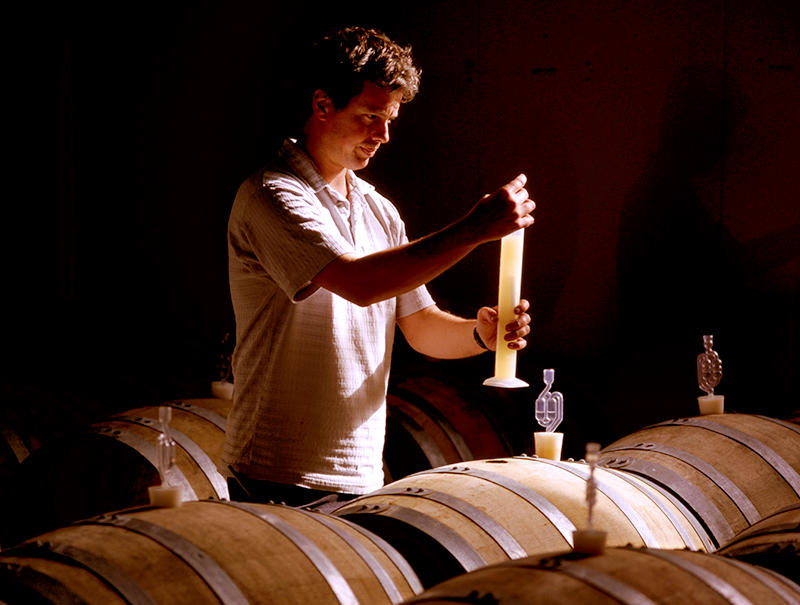

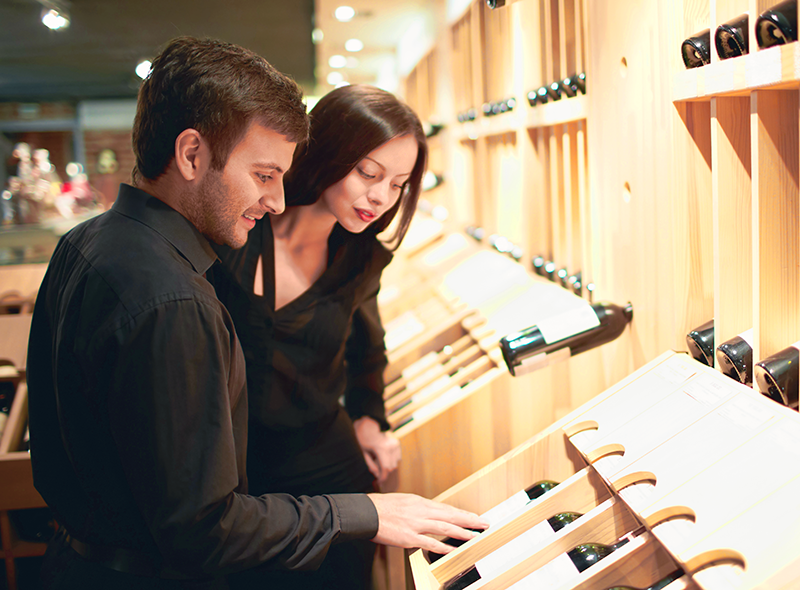 From the incredible prices being cried out at a Sotherby’s wine auction, to the fluffy articles that float around in today’s life-styles magazines, people are continuously being fed the notion that the older the wine is, the better it will be.
From the incredible prices being cried out at a Sotherby’s wine auction, to the fluffy articles that float around in today’s life-styles magazines, people are continuously being fed the notion that the older the wine is, the better it will be.